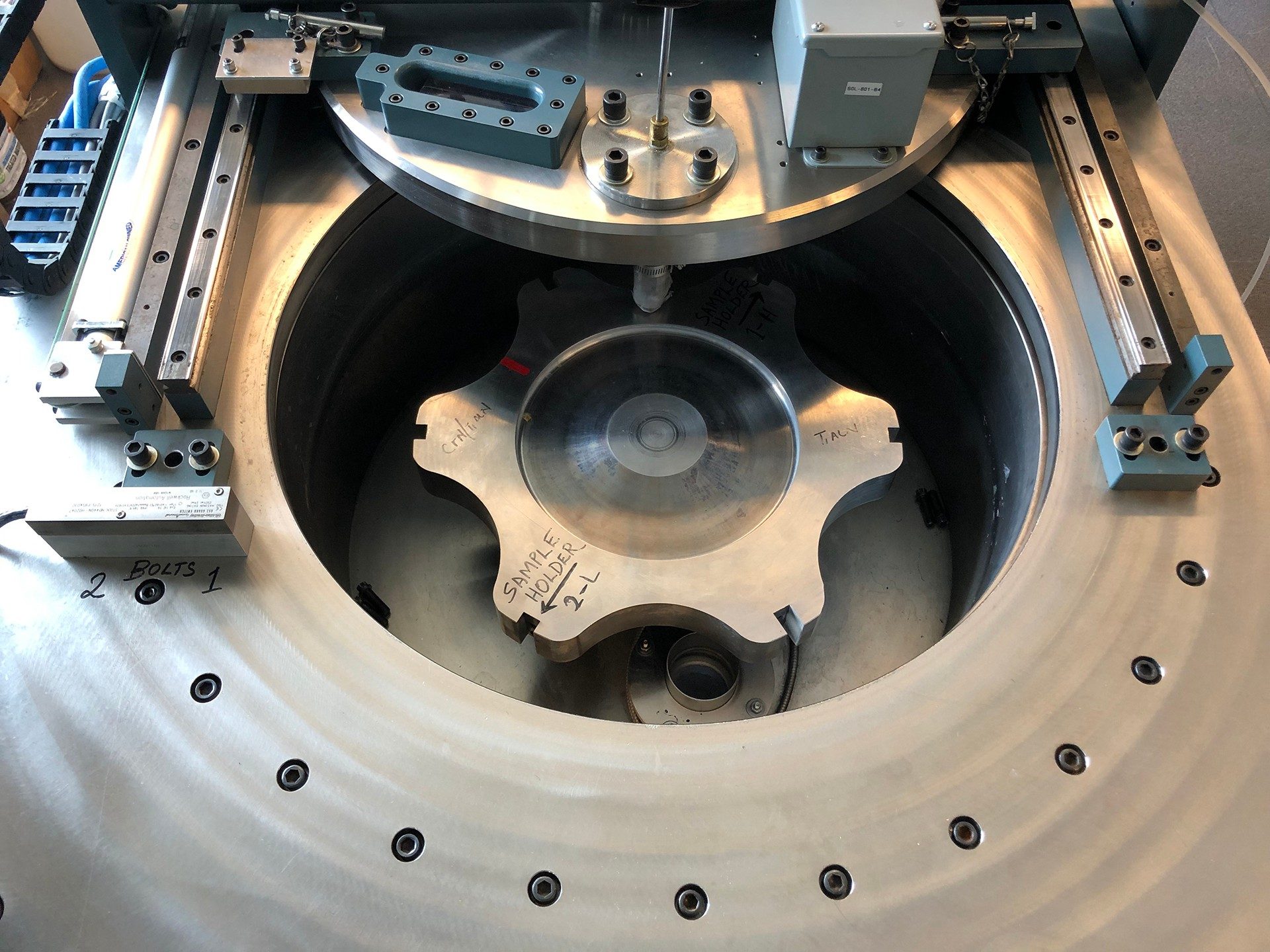EQUIPMENT
The Concordia Materials Characterization Platform (CMCP) brings together a unique collection of instruments and analytical tools to analyze a wide range of materials, with a special focus on aerospace, energy and environmental applications.
It includes analytical and imaging instrumentation to help carry out novel research in many areas such as advanced materials, coatings and surface treatments, environmental studies and nanotechnology.
Equipment has been sourced from around the world thanks to funding from the Canada Foundation for Innovation, the Natural Sciences and Engineering Research Council of Canada, and the Fonds de recherche du Québec – Nature et technologies (FRQNT).

Ultra-High Resolution Scanning Transmission Electron Microscope (STEM)
This microscope uses a Cold Field Emission source which is ideal for ultra-high-resolution imaging and is equipped with STEM, EDS and EBSD.

Environmental Scanning Electron Microscope (ESEM)
This is a variable pressure electron microscope equipped with WDS and EDS.

Water Droplet Erosion Rig
Liquid impingement erosion tests can be done using this facility at two different speed ranges, low speed (up to 350 m/s) and high speed (up to 500m/s).

X-Ray Diffractometer (XRD)
X-ray diffractometry is used to determine the available phases, their relative amounts and provide information on their crystal structures.

Thermal Cycling Rig
This equipment will allow samples to be subjected to long cycles of heating and cooling that accurately simulate thermal conditions within a turbine or a jet engine.

Ultra-High Temperature Differential Thermal Analyzer (TGA)
This machine is the standard for high performance TGA, TG-DSC and TG-DTA application up to 2000°C.
Specialized equipment
Laser Confocal Microscope
The Olympus Lext 4000 confocal microscope 405nm laser uses a reflected light to view 2D and 3D topographical images of inert samples.
Atomic Force Microscope (AFM)
Atomic force microscopy is capable of revealing the surface topology of solid samples in real space at great magnification.
Differential Scanning Calorimeters (DSC)
This machine is designed to provide a homogeneous temperature zone covering both the sample crucible and the measurement rod area.
Vickers Micro-Hardness Tester
The Vickers test is often easier to use than other hardness tests since the required calculations are independent of the size of the indenter, and the indenter can be used for all materials irrespective of hardness.
Sum Frequency Generation (SFG) Spectroscope
This instrument uses a nonlinear laser spectroscopy technique to analyze surfaces and interfaces.
Inductive Coupled Plasma / Optical Emission Spectrometer (ICP-OES)
Inductively coupled plasma is a commonly used research instrument for identification of low concentrations of substances.
Pressure-Composition-Temperature (PCT) Instrument
This machine is based on the Sievert’s method. It can be used to measure the amount of hydrogen in metals.
Porosimeter
This machine characterizes a material’s porosity by applying various levels of pressure to a sample immersed in mercury.
Equipment for wetting behaviour of various surfaces
The wettability facilities are based on measurement of static and dynamic contact angles.
Equipment access
All CMCP instrumentation is available for external use, and the platform welcomes clients from across the scientific community, universities, research institutes and industry.
The breadth and quality of the equipment has attracted both local and international users.
For information on materials access and pricing, please contact Mazen Samara at msamara@encs.concordia.ca or 514-848-2424, ext. 7100.